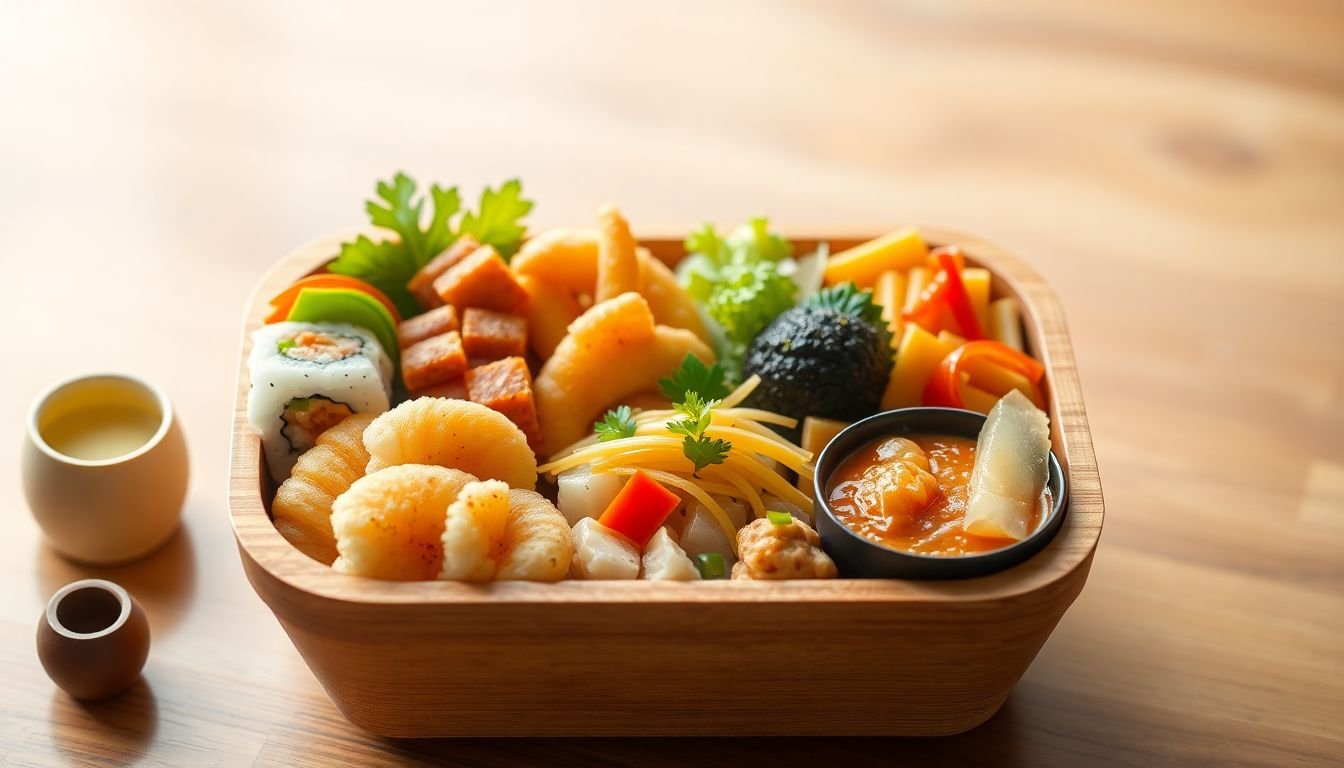Nato japan food, known for its mission to ensure peace and security, also embodies a rich culinary exchange among its member nations. Surprisingly, there is a fascinating interplay between the diverse cuisines of NATO countries and the unique flavors of Japan. From Mediterranean dishes to the art of sushi, food tells stories of culture and tradition.
NATO includes 31 countries, each contributing its own culinary heritage. Japan, while not a NATO member, stands out with its distinct flavors. This article explores the intriguing intersections and contrasts between NATO and Japanese cuisines, showcasing their vibrant stories.
NATO’s Culinary Diversity: A Continental Spread
Mediterranean Flavors
Mediterranean cuisines play a vital role within NATO. Countries like Greece, Italy, Spain, and Turkey share common traits like fresh ingredients and simple preparation. For instance, olive oil is a staple, with Greece topping global consumption charts — around 24 liters per person annually. Popular dishes include:
- Greek Moussaka: A baked dish with layers of eggplant, ground meat, and béchamel sauce.
- Italian Risotto: A creamy rice dish often flavored with saffron or seafood.
- Turkish Kebab: Grilled meat skewers marinated in spices.
These dishes exemplify the rich flavors and healthy ingredients found across the Mediterranean.
Northern European Traditions
In Northern Europe, NATO countries like Germany, the UK, and Denmark reflect hearty dining customs. In Germany, popular ingredients include bread and sausages, with each region boasting unique varieties. Statistics show that over 800 types of sausages are enjoyed. Staples include:
- British Fish and Chips: Deep-fried fish served with crispy fries.
- German Sauerkraut: Fermented cabbage often paired with sausages.
- Danish Smørrebrød: Open-faced sandwiches with various toppings.
These traditions reflect comfort food and communal dining experiences throughout Northern Europe.
Central and Eastern European Influences
Central and Eastern Europe showcases unique culinary traditions. Countries like Poland and Romania embrace ingredients like cabbage and pork. Interestingly, Poland’s meat consumption averages around 50 kg per person annually. Traditional dishes include:
- Polish Pierogi: Dumplings filled with meat or potatoes served with sour cream.
- Romanian Sarmale: Cabbage rolls stuffed with rice and minced meat.
- Hungarian Goulash: A hearty stew made with beef, onions, and paprika.
Each dish reveals the heartiness and warmth of these cultures, often enjoyed during celebrations.
Japanese Cuisine: A Unique Culinary Heritage
Core Ingredients and Techniques
Japanese cuisine centers around fresh, high-quality ingredients like rice, seafood, and vegetables. Rice, a staple, sees an impressive average consumption of around 60 kg per person each year. Key cooking techniques include:
- Sushi Making: Combining vinegared rice with fresh fish and vegetables.
- Tempura: Battering and frying vegetables or seafood for a light, crispy texture.
- Ramen Preparation: Crafting noodle soup with various broths and toppings.
These techniques emphasize texture and taste, making Japanese food delightful yet approachable.
Regional Variations
Japan’s culinary landscape thrives on regional specialties. Each area showcases flavors influenced by local agriculture and history. For example:
- Hokkaido: Famous for its fresh seafood, especially crab.
- Kyoto: Renowned for its kaiseki, a multi-course dinner highlighting seasonal ingredients.
- Okinawa: Known for health-focused dishes like goya champuru, a stir-fry with bitter melon.
These variations not only provide unique tastes but also tell the story of Japan’s diverse culture.
Modern Japanese Cuisine
Japanese cuisine has evolved with globalization, leading to exciting fusion dishes. Sushi burgers and ramen tacos offer innovative interpretations while maintaining traditional elements. Aspects like the global ramen market are projected to reach $20 billion by 2027, showcasing its wide appeal.
This blending of cultures allows for a culinary adventure that captivates food lovers everywhere.
Comparing and Contrasting NATO and Japanese Cuisines
Similarities in Ingredients
While both culinary worlds differ drastically, similarities exist. Ingredients like garlic, fish, and rice surface in both cuisines. Fresh vegetables play essential roles as well, highlighting a shared emphasis on quality.
Differences in Cooking Techniques and Flavors
Cooking techniques, however, diverge significantly. NATO cuisines often lean towards roasting, grilling, and stewing, while Japanese methods focus on light frying and raw preparations. Flavor profiles also differ sharply. NATO foods commonly feature bold flavors and spices, contrasting with Japanese subtlety and umami notes.
Cultural Influences and Historical Context
Cultural contexts shape both culinary traditions. NATO’s diverse countries reflect histories of migration, trade, and agriculture. In Japan, centuries of local customs and practices create a unique culinary identity. Understanding these backgrounds reveals the intricate tapestry of global gastronomy.
The Influence of Globalization on Culinary Exchange
Japanese Food’s Global Reach
The global popularity of Japanese cuisine continues to rise, influencing culinary trends worldwide. Sushi bars and ramen shops emerge in cities everywhere, catering to growing appetites for authentic flavors. The global market for Japanese food is projected to expand substantially, embracing heritage while adapting to local tastes.
NATO Countries and Japanese Cuisine
In NATO member countries, Japanese restaurants flourish. Major cities boast options from traditional izakayas to contemporary sushi spots. Examples abound — in New York City alone, numerous establishments serve delectable variations of Japanese fare, appealing to diverse palates.
Cultural Exchange and Culinary Innovation
Culinary innovation emerges from cultural exchanges. Chefs blend techniques and ingredients from both worlds, creating exciting menus that push boundaries. This collaboration fosters creativity and brings new dishes to life, enriching the global dining experience.
Actionable Tips: Exploring NATO and Japanese Cuisine
Finding Authentic Japanese Restaurants
To discover authentic Japanese cuisine, consider:
- Checking online reviews and ratings on platforms like Yelp.
- Asking locals for recommendations in your area.
- Visiting neighborhoods known for Japanese culture.
Cooking Japanese Food at Home
For those wishing to try cooking at home, start with simple dishes. Essentials include:
- Sushi Rolls: Gather sushi rice, nori, and your favorite fillings.
- Miso Soup: Use miso paste, tofu, and green onions.
- Okonomiyaki: A savory pancake with cabbage and meat or seafood.
Local Asian markets often offer key ingredients to make the process smoother.
Exploring NATO Cuisines
To experience NATO’s culinary diversity, consider:
- Attending food festivals celebrating various member cuisines.
- Trying dishes from different NATO countries at local restaurants.
- Experimenting with recipes from nations like Greece, Italy, and Poland.
Conclusion
This exploration of NATO and Japanese cuisines highlights both similarities and differences. Shared ingredients offer common ground, while distinct cooking techniques and cultural backgrounds create rich, varied culinary identities.
The future of culinary exchange is filled with potential. As global interactions continue, the fusion of flavors will lead to exciting new dishes and traditions, inviting everyone to enjoy a united palette of global tastes.






